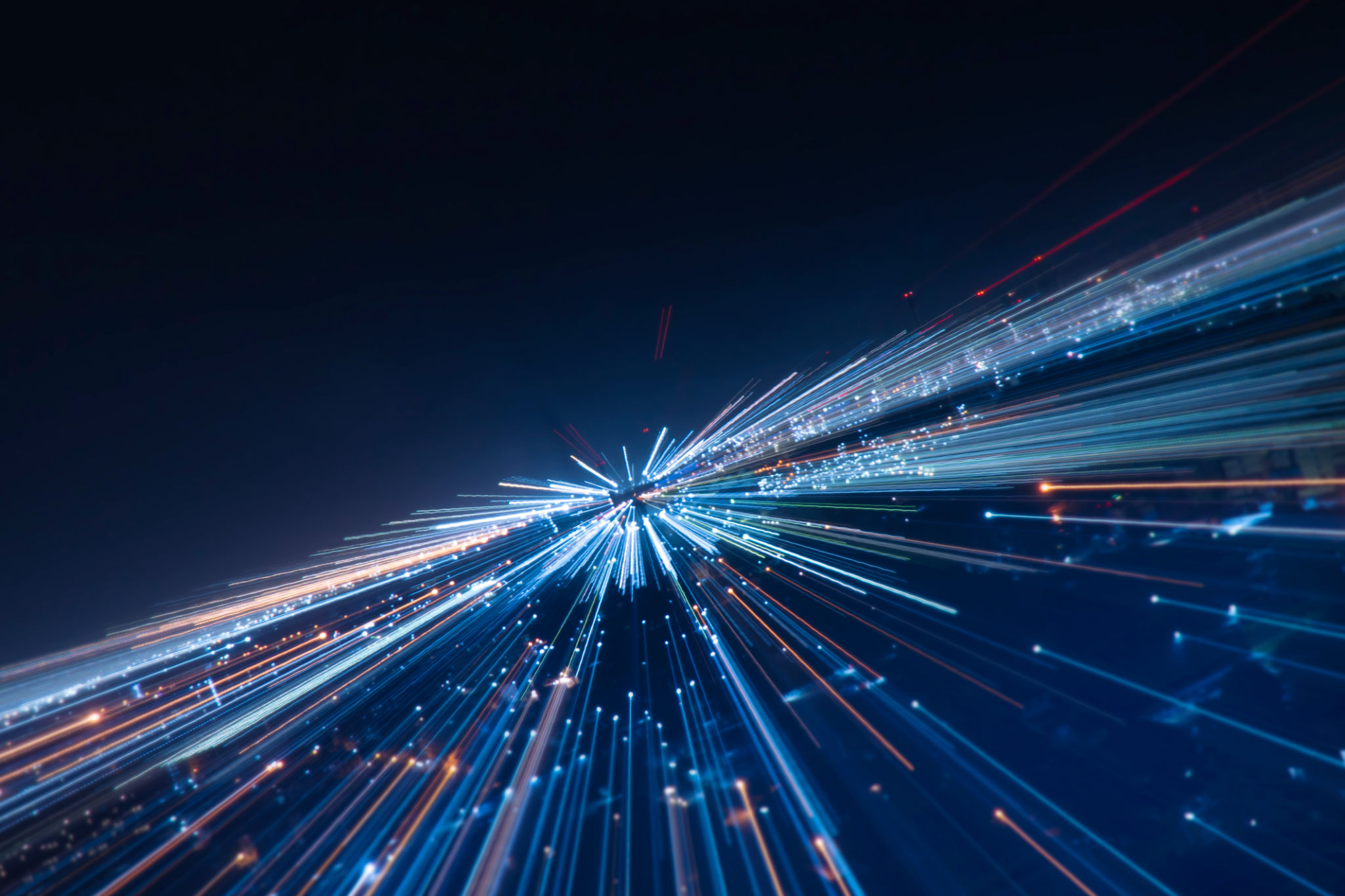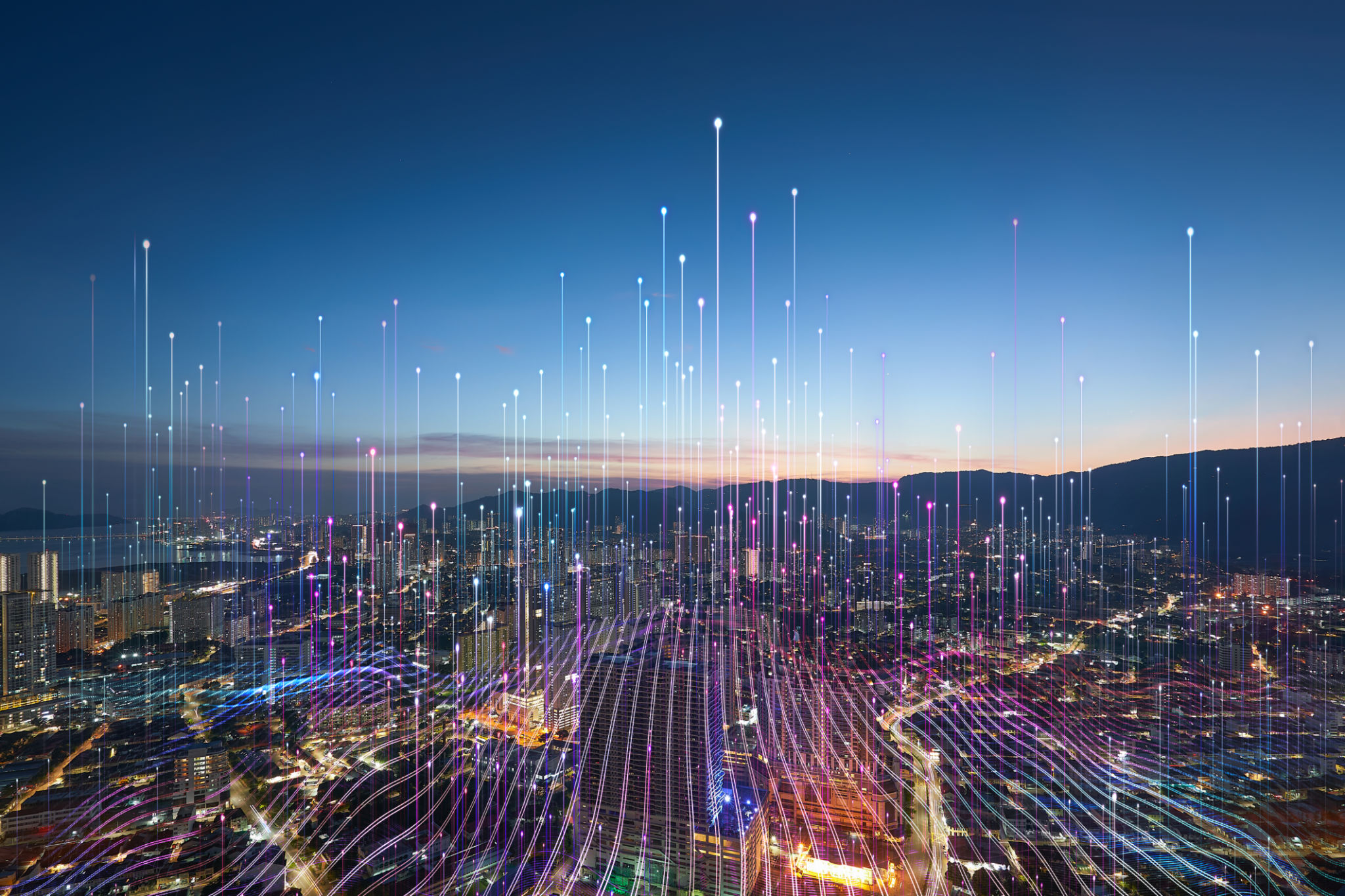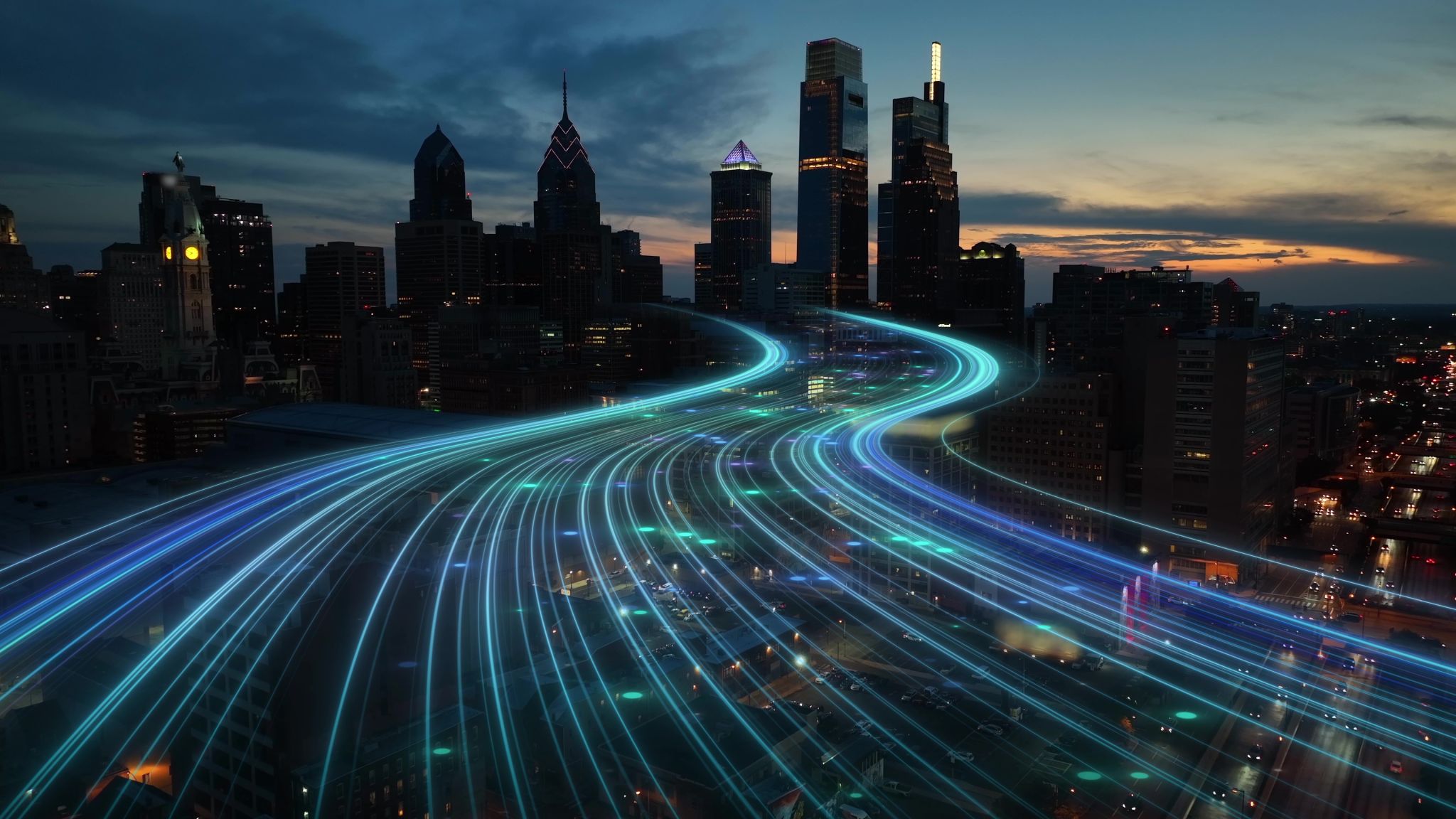Debunking Myths: The Real Impact of AI and IoT on Urban Living
Understanding the Basics: AI and IoT in Urban Living
As urban areas around the globe continue to grow, the integration of Artificial Intelligence (AI) and the Internet of Things (IoT) has become a central topic of discussion. While some people worry about the implications and potential downsides, it's essential to understand the real impact these technologies have on urban living.

At their core, AI and IoT are about enhancing efficiency and convenience. AI refers to the simulation of human intelligence in machines, enabling them to perform tasks that typically require human intelligence. On the other hand, IoT involves connecting everyday devices to the internet, allowing them to send and receive data. Together, these technologies are transforming how cities operate and how residents live.
Myth: AI and IoT Will Make Cities Less Human
A common myth is that AI and IoT will strip cities of their human touch, making them cold and impersonal. However, the reality is quite the opposite. These technologies are designed to enhance human experiences by automating mundane tasks, improving resource management, and providing personalized services. For instance, AI-driven chatbots can offer customer service around the clock, allowing businesses to focus more on personalized customer interactions.
Additionally, IoT devices can enhance public services. Smart streetlights can adjust their brightness based on real-time data, improving safety while conserving energy. Such innovations contribute to more livable urban environments without sacrificing the human element.

Myth: AI and IoT Compromise Privacy
Concerns about privacy are often at the forefront of discussions about AI and IoT. While it's true that these technologies collect vast amounts of data, it's important to note that there are stringent regulations in place to protect individual privacy. Governments and organizations are continually developing new protocols to ensure data security.
Moreover, IoT devices often use anonymized data, focusing on trends and patterns rather than personal information. The goal is to improve services like public transportation or waste management based on usage patterns rather than tracking individual behaviors.
How AI and IoT Improve Urban Infrastructure
The integration of AI and IoT into urban infrastructure has brought about significant improvements in efficiency and sustainability. Smart grids, for example, utilize these technologies to balance energy loads more effectively, reducing waste and lowering costs for consumers. Similarly, AI-driven traffic management systems can analyze data from sensors and cameras to optimize traffic flow, reducing congestion and emissions.

Public transport systems are also becoming more efficient with the help of AI and IoT. Predictive maintenance powered by these technologies ensures that vehicles are serviced before issues arise, minimizing downtime and improving reliability for commuters.
The Future of Urban Living with AI and IoT
Looking ahead, it’s clear that AI and IoT will continue to play a pivotal role in shaping urban living. From smart homes that adapt to residents' habits to AI-driven healthcare solutions that provide personalized care, the possibilities are vast. However, it’s crucial for cities to implement these technologies responsibly, ensuring they are accessible to all and used ethically.
As we debunk myths surrounding AI and IoT, it's evident that these technologies hold great potential for creating smarter, more efficient cities that enhance quality of life for residents worldwide.
